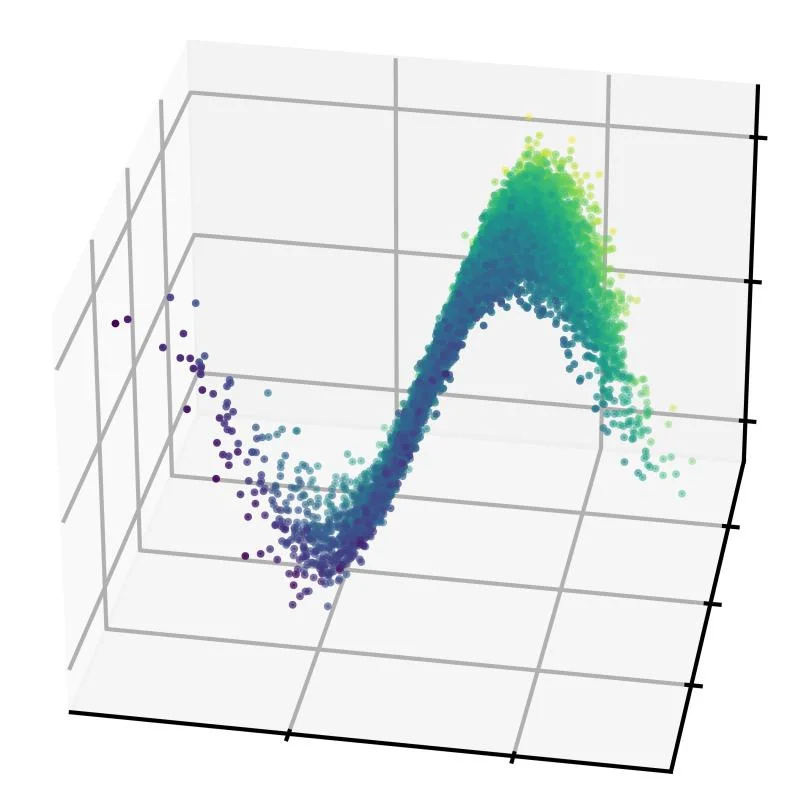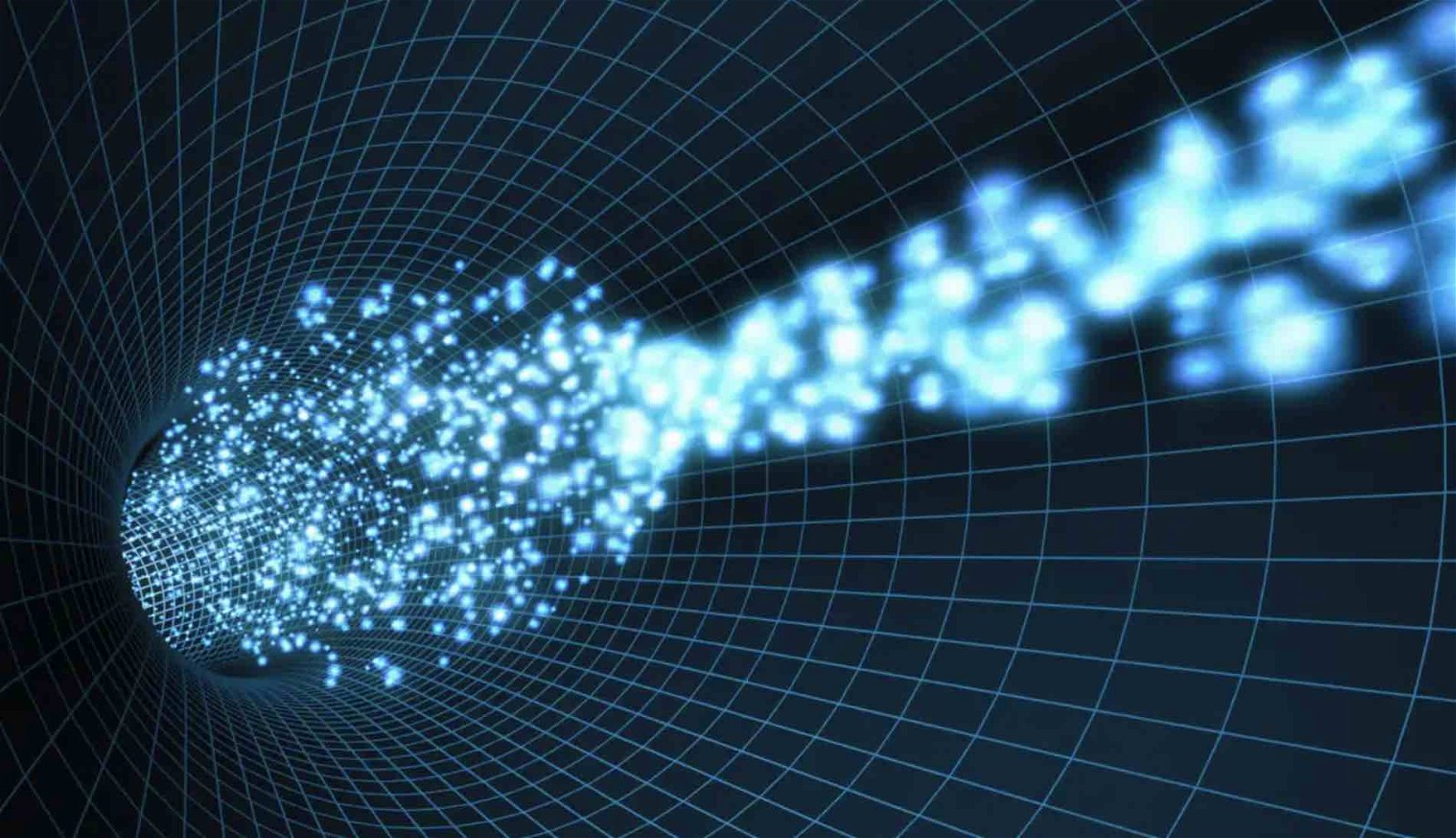An algorithm that allows more precise forecasts of the positions and velocities of a beam’s distribution of particles as it passes through an accelerator has been developed by researchers with the Department of Energy (DOE) and the University of Chicago.
Traveling at nearly light speed, the linear accelerator at the DOE’s SLAC National Accelerator Laboratory fires bursts of close to one billion electrons through long metallic pipes to generate its particle beam. Located in Menlo Park, California, the facility, originally called the Stanford Linear Accelerator Center, has used its 3.2-kilometer accelerator since its construction in 1962 to propel electrons to energies as great as 50 gigaelectronvolts (GeV).
The powerful particle beam generated by SLAC’s linear accelerator is used in the study of everything from innovative materials to the behavior of molecules on the atomic scale, despite how the beam itself remains somewhat mysterious since researchers have a hard time gauging its appearance as it passes through an accelerator.
In the past, the unique challenge presented by the beam’s uncertain appearance has caused scientists to have to estimate how it will behave while conducting experiments at the SLAC facility. This problem had been the basis for the recent work by the DOE and University of Chicago team to develop an algorithm to assist with calculating the beam’s behavior.
Ryan Roussel, a SLAC accelerator scientist and also lead author of a recent paper on the achievement, says that there are multiple ways that particle beams can be manipulated within accelerators, but that describing its shape and momentum with any great degree of accuracy is more challenging.
“Our algorithm takes into account information about a beam that is normally discarded,” Roussel said in a statement, “and uses that information to paint a more detailed picture of the beam.”
In most cases, scientists rely on statistics to help them determine the shapes of particle beams. Although this approach is practical, it doesn’t provide the most accurate and detailed information on how the beam’s shape will manifest.
Another approach used by researchers involves using measurements of the beam to attempt to calculate how the beam will appear and behave under various conditions, a process that the development of machine learning in recent years has been shown to help with, although it can be cumbersome because it requires large amounts of computational power.
In the team’s recent study, Roussel and his fellow researchers decided to use machine learning in a slightly different way, by developing a model that builds on existing knowledge of beam dynamics to help predict the positions of particles, as well as factors that include their distribution and speed, all constituting what is known as the phase space distribution of the beam. The model was then used to assist with the interpretation of data collected at the Argonne Wakefield Accelerator at the DOE’s Argonne National Laboratory.
Implementing the model in this way allowed researchers to accurately reconstruct fine details of the beam with just ten data points. By contrast, past machine learning models would likely require as many as 10,000 data points to achieve similar results.


Roussel and the team say the more detailed information their algorithm provides will help scientists achieve greater accuracy while conducting experiments with particle beams. Such capabilities may end up being vital going forward, due to the increasing use of higher levels of energy in the production of more complex beam profiles.
Auralee Edelen, one of the paper’s co-authors and a SLAC accelerator scientist, said the team has managed to demonstrate that their model “can infer very complicated high-dimensional beam shapes from astonishingly small amounts of data.”
Roussel called the achievement a major paradigm shift toward better analysis and experimentation with data collected at accelerator facilities, adding that particle beam data can be used “in a more comprehensive, powerful way to improve our scientific goals at accelerators everywhere.”
The team’s research study was published in the journal Physical Review Letters last month.
Micah Hanks is the Editor-in-Chief and Co-Founder of The Debrief. He can be reached by email at micah@thedebrief.org. Follow his work at micahhanks.com and on Twitter: @MicahHanks.

